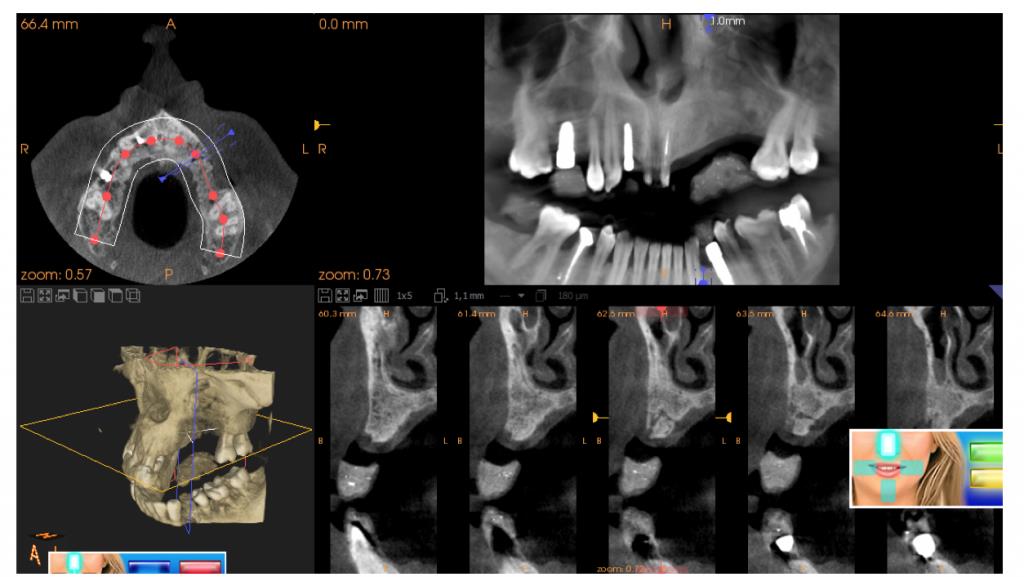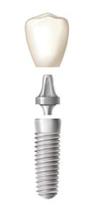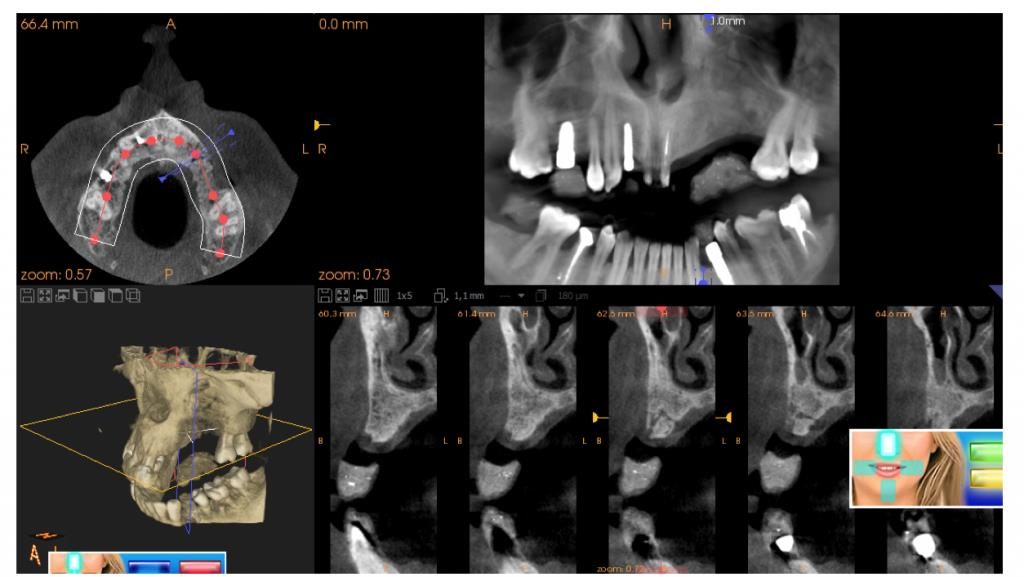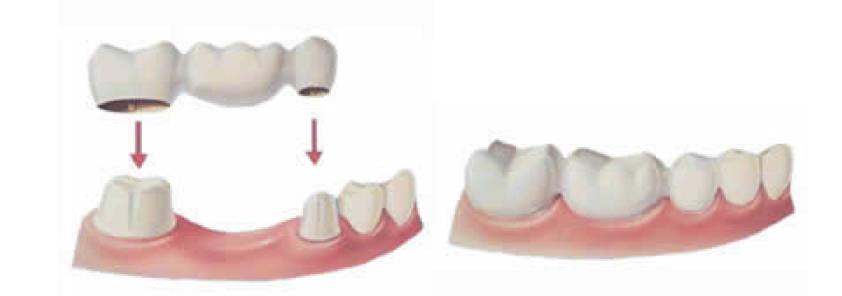
What is a dental implant?
It is a titanium “screw”, which is inserted into the jaw bone or maxilla whose purpose is the replacement of one or more missing teeth. It is presented as an alternative to conventional prostheses, either fixed on teeth (bridges and crowns) or removable.

Before doing this type of intervention, the dentist must be informed of all health problems and allergies. If the patient is not sure, it is best to perform appropriate tests to see if it is necessary to seek alternative dental treatment in the event of detection of any contraindication of this technique.
To plan the surgery, the dentist will need to see a CT scan that is performed for seeing the quantity and quality of bone to fix the position of the nerve, other anatomical structures and to establish the length, diameter and direction of placement of the implant.

There are several techniques
– Conventional: in which a cut is made in the gum to access the bone and fix the implants to it by means of a bed or artificial alveolus drills.
– Transmucosa: in which the step of making a cut in the gum is skipped. It can only be carried out in specific cases, with wide osseous rims.
– Postextraction: in which the implant is placed immediately after tooth extraction, using the alveolus itself as the implant bed. It is a technique that must be foreseen, and it is not always possible to perform.
The procedure is usually carried out in two phases, a first one in which the implants are placed, and a second one (after a variable time depending on each case), when the implants are integrated with the bone, in which the prosthetic attachments that will replace the teeth are placed.
In some cases, previously determined, the procedure can be carried out in a single phase, the implant and the dental crown being placed at the same time. This type of treatment requires a good quality and quantity of bone, so it is not always possible, are called immediate loading implants.
Advantages of dental implants.
They provide a fixed alternative, in most cases, to replace one, several or all the teeth in an arch.

It keeps the adjacent teeth intact, preventing them from being carved for the placement of bridges.

Prevents bone reabsorption that occurs automatically to the loss of a tooth.
Prevents the mobility of adjacent teeth and antagonists after dental absence.
Come visit us at Asisa Dental and solve your problems of dental absence with the best quality.
An article by: Dr. Míguez and Dr. Barrio